David Parker had a lot of videos funded in the early years of NZOA funding, but they’re almost impossible to find online. So it’s very exciting to discover the space adventure of “Love By Satellite” is now available.
Directed by Jonathan King, the video takes its inspiration from 1950s sci-fi serial adventures, with David Parker playing a space hero, looking like a Thunderbird team member with snipped wires. Most of the video is shot in black and white, with period authentic papier mache planets and wobbly rocket ships. The few colours shot are David Parker outside of the space context, rocking with his guitar.
Our hero is marooned on a planet and is trying to broadcast a message to his space sweetie. The signal goes out over a good old-school style satellite (like Sputnik’s disco cousin), bounces of transmission towers and is picked up by the television at his girlfriend’s space house. Only she’s too wrapped up in reading a science fiction magazine and doesn’t notice his celestial greeting.
So what will happen? Will Astro Dave get the message through to his lady? Will she look up from her magazine? Well, as this is a serial, the video ends with the promise that the story will be “continued next week”. But that’s probably space weeks, much longer than earth weeks.
“Love By Satellite” is a sweet, country-tinged song and I like that the video has gone with a slightly unexpected treatment. But it seems to work really well, probably because both the song and the video have themes of Americana, and tales of love always have a place in science fiction.
Best bit: the quality range of model spacecraft.
Director: Jonathan King
Ngā Taonga Sound & Vision
Next… a frame-up.

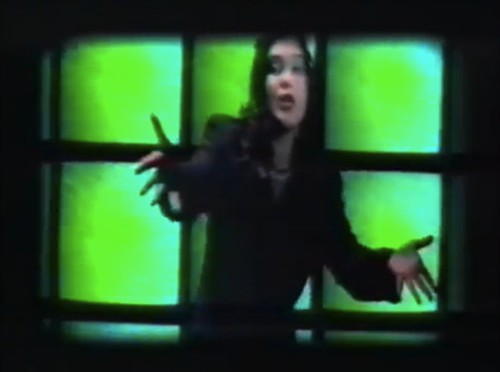
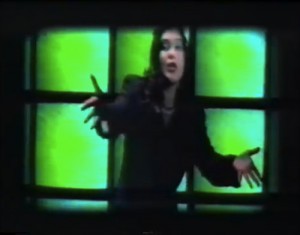 Wikipedia lists 20 artists who’ve covered “Under the Milky Way”. But you know who got their first? Strawpeople, that’s who. Go, New Zealand!
Wikipedia lists 20 artists who’ve covered “Under the Milky Way”. But you know who got their first? Strawpeople, that’s who. Go, New Zealand!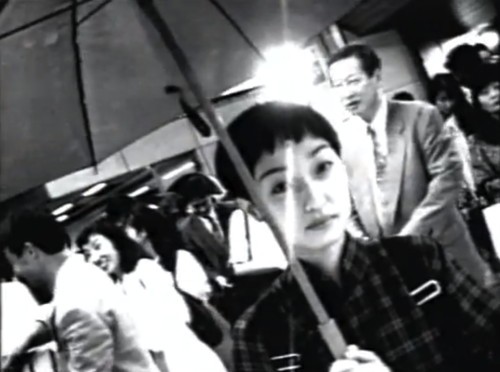
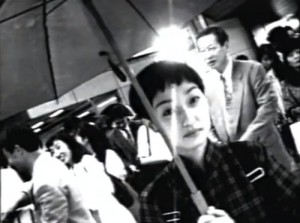 The “Kuru” video is like a tourist in Tokyo, fresh off the plane, wandering about in awe at all the amazing things they’re seeing and experiencing.
The “Kuru” video is like a tourist in Tokyo, fresh off the plane, wandering about in awe at all the amazing things they’re seeing and experiencing.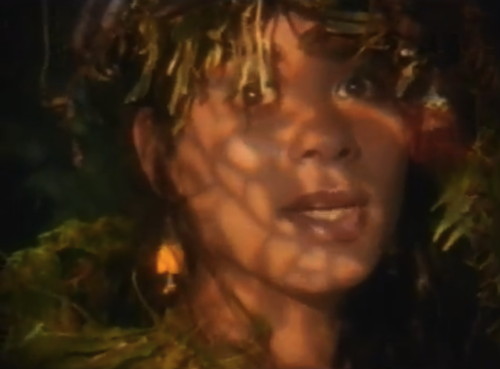
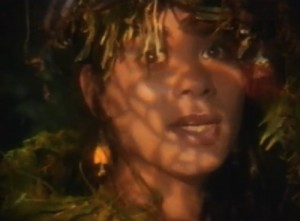 Cliff Curtis stars in the follow-up to “System Virtue” (after Bully in “Once Were Warriors, before Pablo Escobar in “Blow”). Cliff plays a trouble young Maori and we first discover him sleeping in his beat-up old car. This is filmed in black and white, but a burst of colour comes in the form of Emma, who gorgeously appears in full colour, decorated in the splendours of nature (ferns and stuff).
Cliff Curtis stars in the follow-up to “System Virtue” (after Bully in “Once Were Warriors, before Pablo Escobar in “Blow”). Cliff plays a trouble young Maori and we first discover him sleeping in his beat-up old car. This is filmed in black and white, but a burst of colour comes in the form of Emma, who gorgeously appears in full colour, decorated in the splendours of nature (ferns and stuff).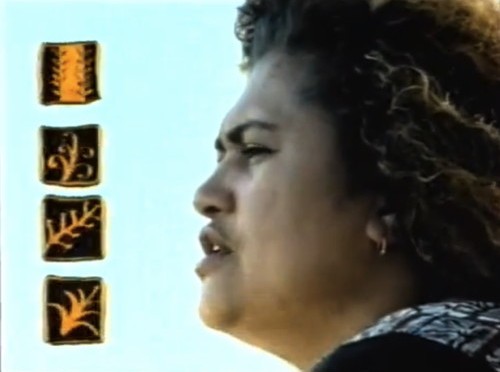
 sons”Seasons” is a tale of changed emotions, featuring brother and sister Phil and Christina Fuemana, from their influential 1994 album “New Urban Polynesian”.
sons”Seasons” is a tale of changed emotions, featuring brother and sister Phil and Christina Fuemana, from their influential 1994 album “New Urban Polynesian”.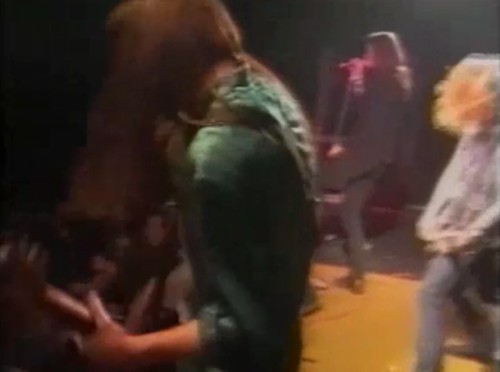
 In their previous music videos, Dead Flowers have disguised their long-haired metal origins with visual trickery (grape-eating gothesses, sinister science labs!). But “Home” is taken from genuine live performance and there’s hair galore.
In their previous music videos, Dead Flowers have disguised their long-haired metal origins with visual trickery (grape-eating gothesses, sinister science labs!). But “Home” is taken from genuine live performance and there’s hair galore.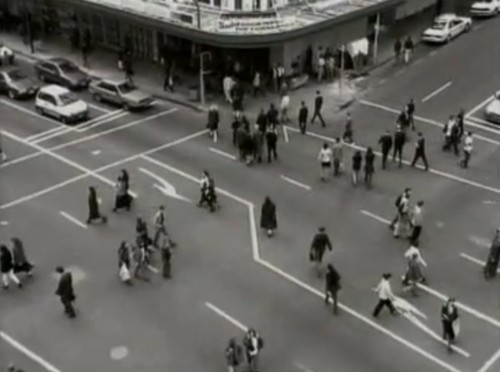
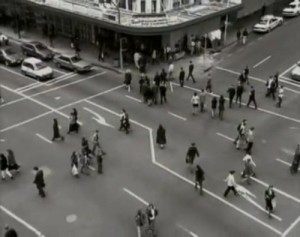 Supergroove, average age 19, get soulful. “I walk around this town. There’s buildings closed, the windows are boarded,” Che Fu murmurs, while the band struts around a very lively looking Queen Street. Irony?
Supergroove, average age 19, get soulful. “I walk around this town. There’s buildings closed, the windows are boarded,” Che Fu murmurs, while the band struts around a very lively looking Queen Street. Irony?
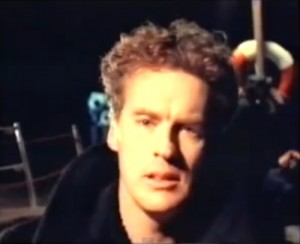 “Anchor Me” was released two months after “Ngaire” but they were funding-round buddies. And like “Dominion Road”, there was also a UK version of “Anchor Me”.
“Anchor Me” was released two months after “Ngaire” but they were funding-round buddies. And like “Dominion Road”, there was also a UK version of “Anchor Me”.

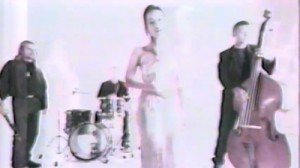 There was something odd with this video and I couldn’t work out what. Then suddenly I realised – there are only two close-ups of Sulata. Most of the video is a wide shot of Suluta and her band – a double-bassist, drummer and oboe player. And it’s an awkward wide shot. The oboe player doesn’t have a lot to do and jigs about, at one stage raising the oboe to his lips, before realising there’s still a few more bars left until the oboe kicks in.
There was something odd with this video and I couldn’t work out what. Then suddenly I realised – there are only two close-ups of Sulata. Most of the video is a wide shot of Suluta and her band – a double-bassist, drummer and oboe player. And it’s an awkward wide shot. The oboe player doesn’t have a lot to do and jigs about, at one stage raising the oboe to his lips, before realising there’s still a few more bars left until the oboe kicks in.